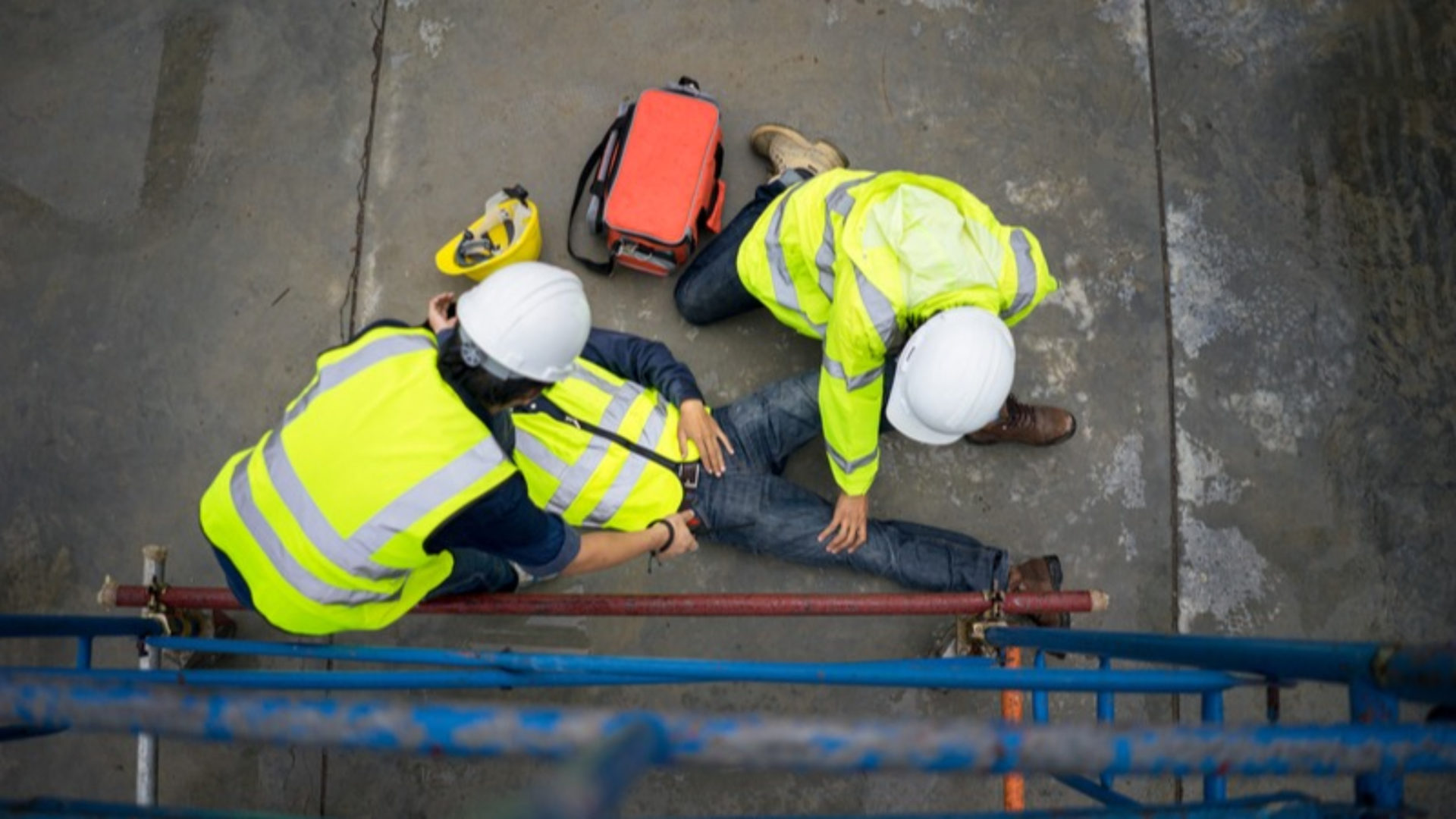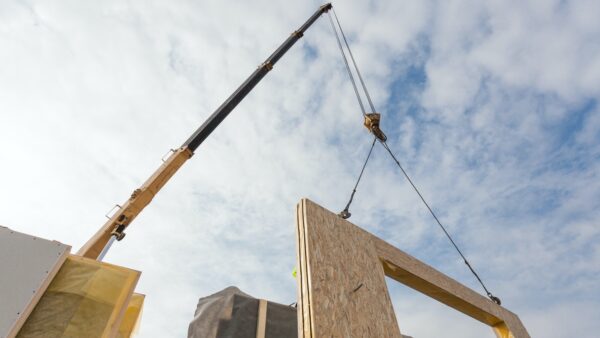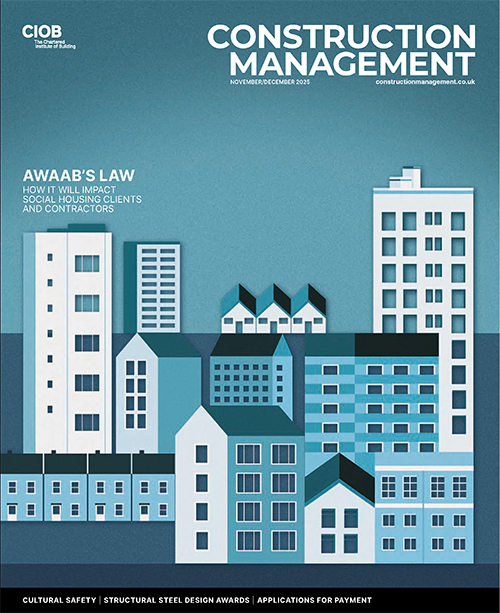Ahead of World Day for Safety and Health at Work on Monday (28 April), Holly Caulwell explains when reporting an accident is required by law, and why going beyond the minimum requirements can be the most effective way to manage risk and keep employees safe.

The Reporting of Injuries, Diseases and Dangerous Occurrences Regulations 2013 (RIDDOR) require employers to report to the Health & Safety Executive (HSE) any accidents that are work-related and that result in death or a reportable injury.
Examples of reportable injuries are listed under Regulation 4 of RIDDOR, and can include fractures, amputations, sight loss, serious burns, scalds and head injuries, as well as any work-induced illness or injury that causes a person to be away from, or unable to, work for seven or more consecutive days.
The timeframe in which an employer must make a report will vary depending on the nature of the illness or the accident, but in most cases, the HSE must be notified of a reportable injury within 10 days. Failure to do so can lead to a prosecution with a custodial sentence of up to two years for an individual, as well as an unlimited fine for the business.
How should accidents be reported under RIDDOR?
Accidents can only be reported by a ‘responsible person’ who has duties under RIDDOR. This may be an employer or someone who is in control of the work premises at the time of the accident, such as a site manager.
Neither employees nor members of the public can use RIDDOR’s online reporting system. As such, it is important that anyone working on a construction site, or who might be affected by its activities, knows who the responsible person is and whom they must inform of any accidents and near-misses.
Jail time for RIDDOR reporting failures
In one case, an employee was clearing a site for a new house when the 1.7-tonne excavator he was using tipped over and crushed his leg. His employer neither investigated the incident, nor reported it to the HSE. Eight months later, the employee sadly lost his leg and complained to the HSE.
The employer was prosecuted and pleaded guilty to a breach of RIDDOR Regulation 3(1) and received a 24-week custodial sentence. He was also ordered to pay £2,033 in costs.
According to HSE Inspector Andrew Verall-Withers, the judge remarked on “how distressing it must have been for Mr Lewis on top of his life-changing injury, to know the incident was not being investigated”.
Should businesses also keep their own records of accidents?
It is a legal requirement to keep an accident book, but it is also important to keep a proper record of the circumstances surrounding accidents and near-misses. This ensures that lessons are learned to avoid a recurrence, but they may also be required during an investigation by the HSE.
Thorough record-keeping can also help to protect a business, should anyone wrongfully or fraudulently attempt to claim damages for an accident at the employer’s premises.
An accident book is one of the best and simplest ways to do this and can be purchased from the HSE. Businesses may also choose to use their own format. This is acceptable, as long as each entry includes:
- the name, address and occupation of the person who had the accident;
- the name, address and occupation of the person reporting the accident (this should be the ‘responsible person’);
- details of the accident, including when and where it happened, what caused it (if this is known), and what injuries the person(s) involved have suffered.
Entries must be impartial and as fact-based as possible, with no hypothesising or assumptions.
The record must also clarify if the accident is reportable under RIDDOR, and when this was done, as well as whether the employee gives consent for details of the accident to be shared with safety representatives.
Why is it important to record and report accidents?
Whether an accident is reportable under RIDDOR or not, maintaining comprehensive records of all accidents and near-misses is a vital part of effective risk management for any business, especially a live construction site.
In addition to providing valuable insight into potential risks and recurring patterns, they also demonstrate a proactive and transparent approach to health and safety – something that all stakeholders are keen to see, including the HSE.
Going above and beyond legal obligations also helps to build a safety-first culture in which employees are actively engaged in helping the business to manage risk, and where they feel able to voice concerns or suggestions for improvement.
A good safety culture has also demonstrably driven quality improvements. Less time is lost through injury and ill health, and often the customer-facing product is better.
Ultimately, recording accidents and near misses is one of the most effective tools in the management of safety and wellbeing across a business, underpinning the safety leadership and quality drivers for all stakeholders involved, from senior management, employees and operatives within the business, right through to customers and investors.
Holly Caulwell is a solicitor in the regulatory and business defence team at Gateley Legal.
Comments
Comments are closed.












I think the issue of near misses should have a higher profile. The learning process from these is arguably more valuable than accident investigation – a near miss is an accident waiting to happen.